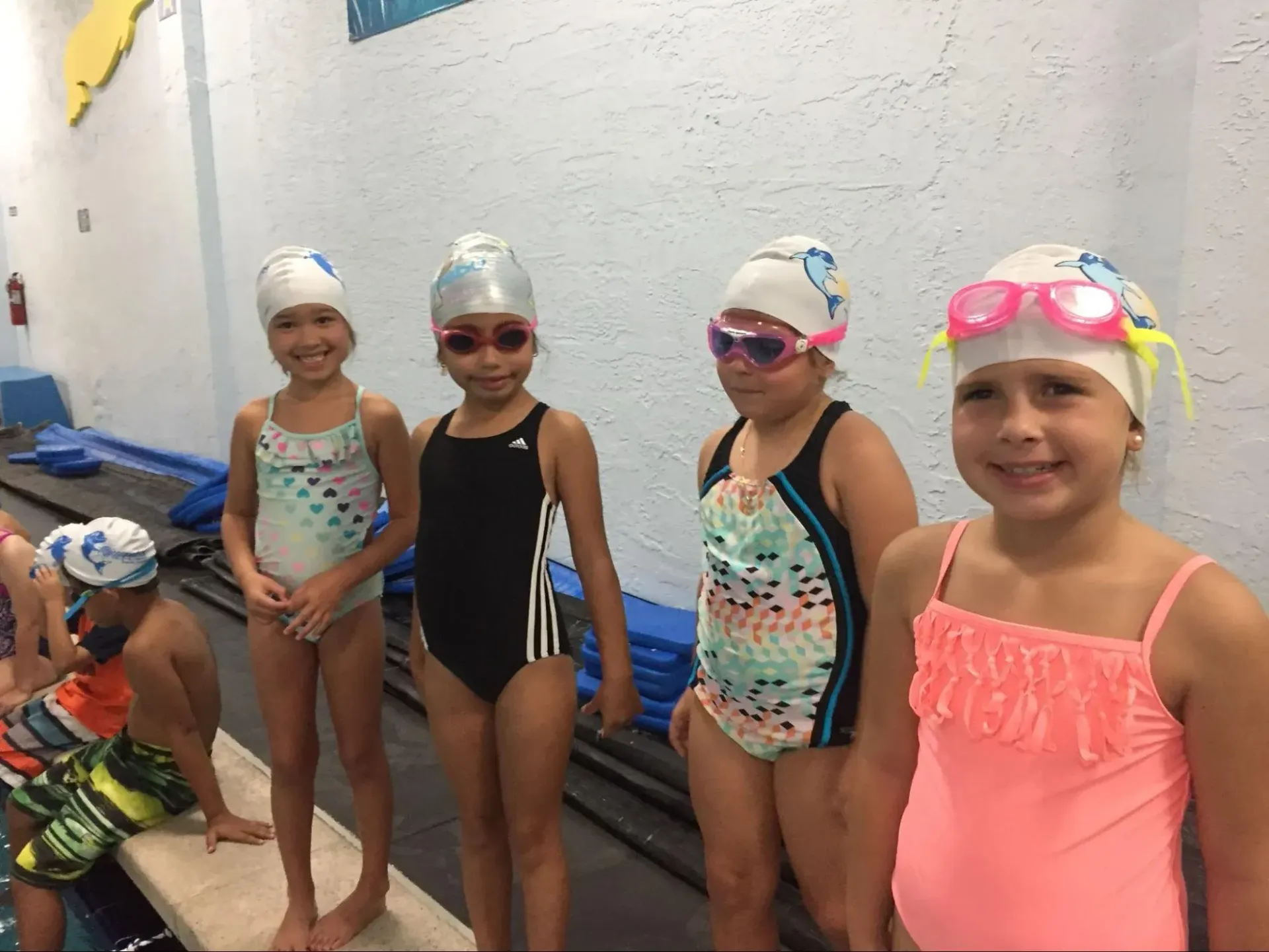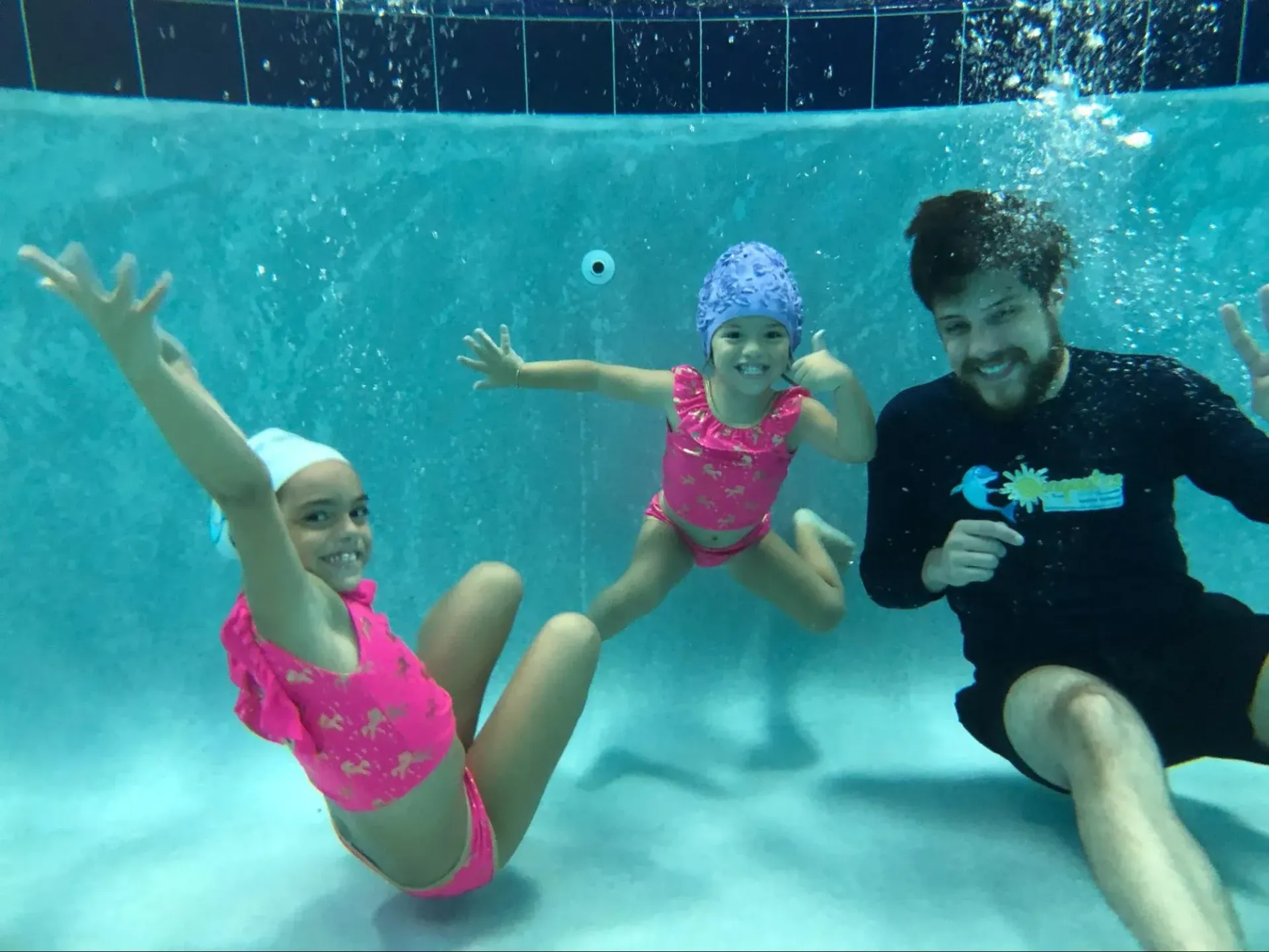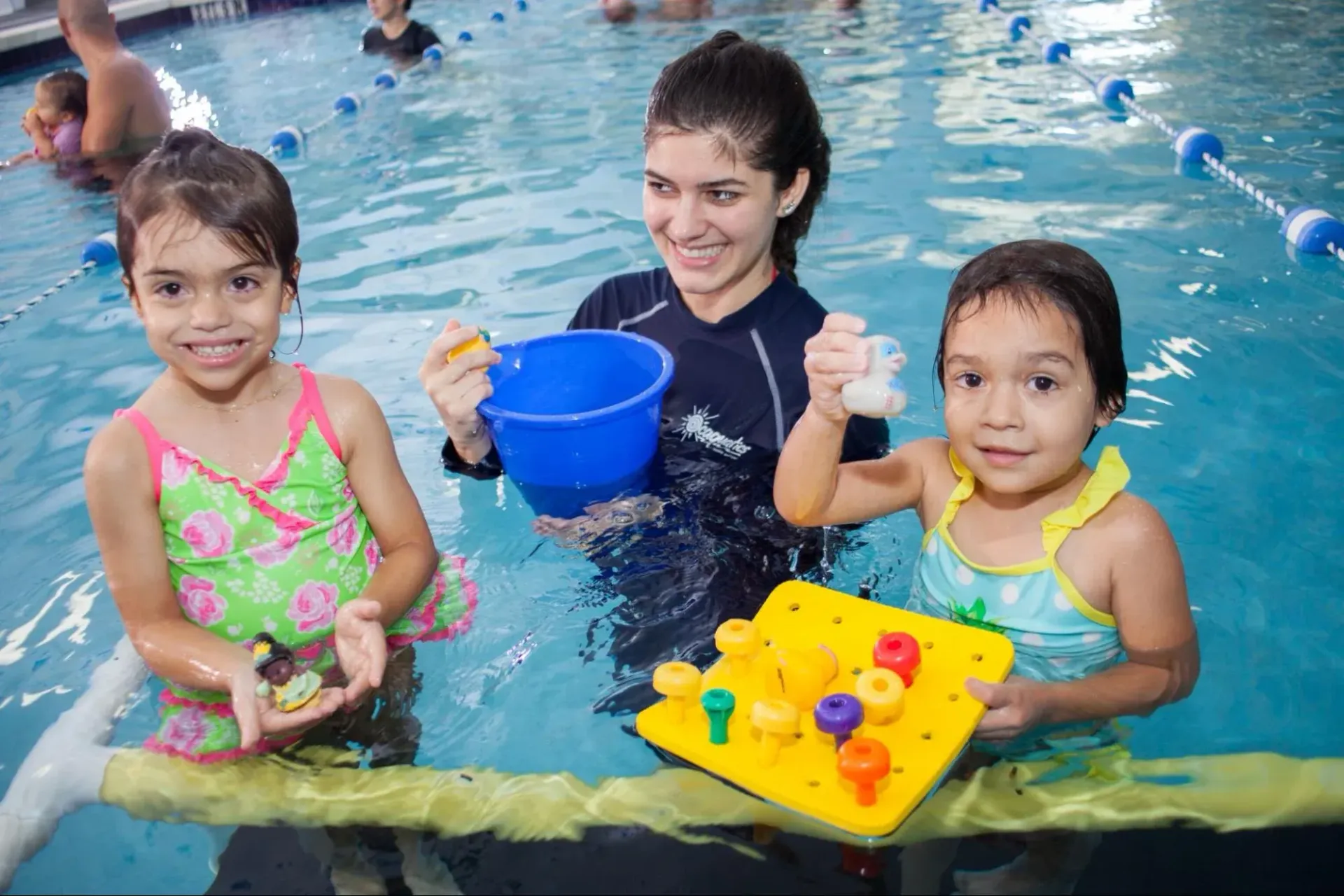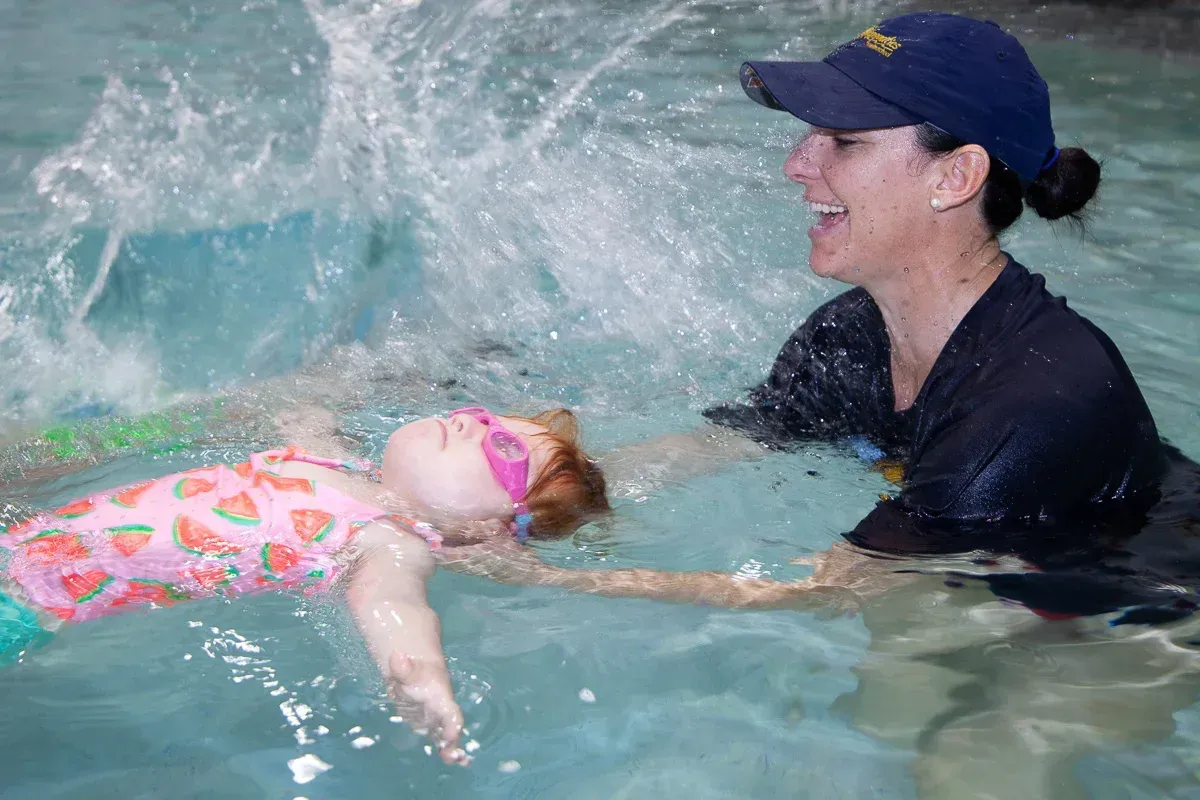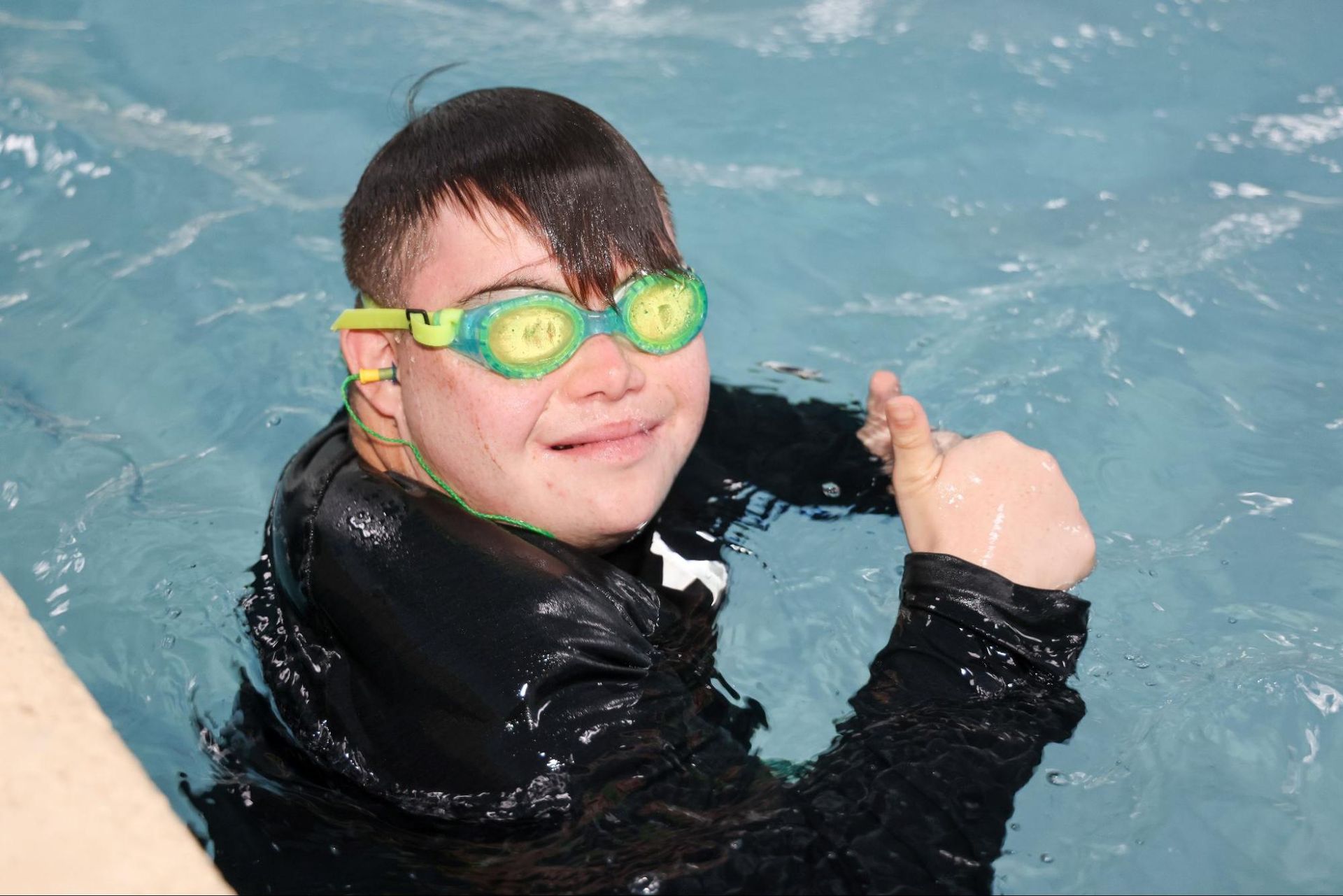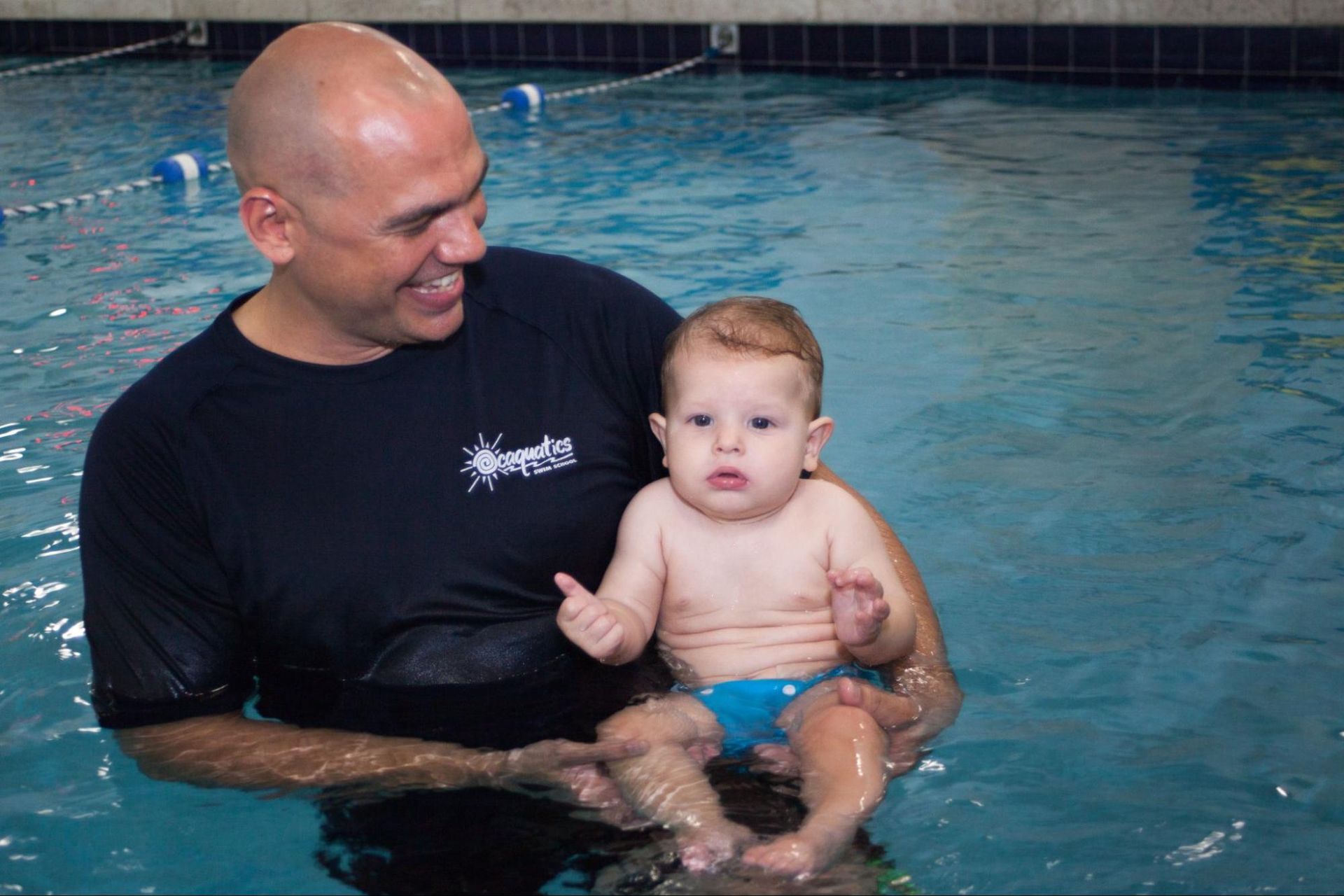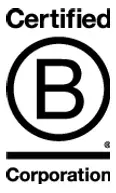What is treading water?
What Is Treading Water?
When it comes to learning how to swim, one of the commonly discussed skills among parents and beginner swimmers is treading water. Often seen as a hallmark of water competency, treading water is promoted in many swim curricula as a survival skill. However, not every swim school views it as the ideal technique for water safety, particularly for young children.
Ocaquatics Swim School in Miami, for example, does not teach treading water as part of its core curriculum. Instead, the school focuses on teaching children how to roll onto their backs to breathe and float, emphasizing this as a safer and developmentally appropriate alternative.
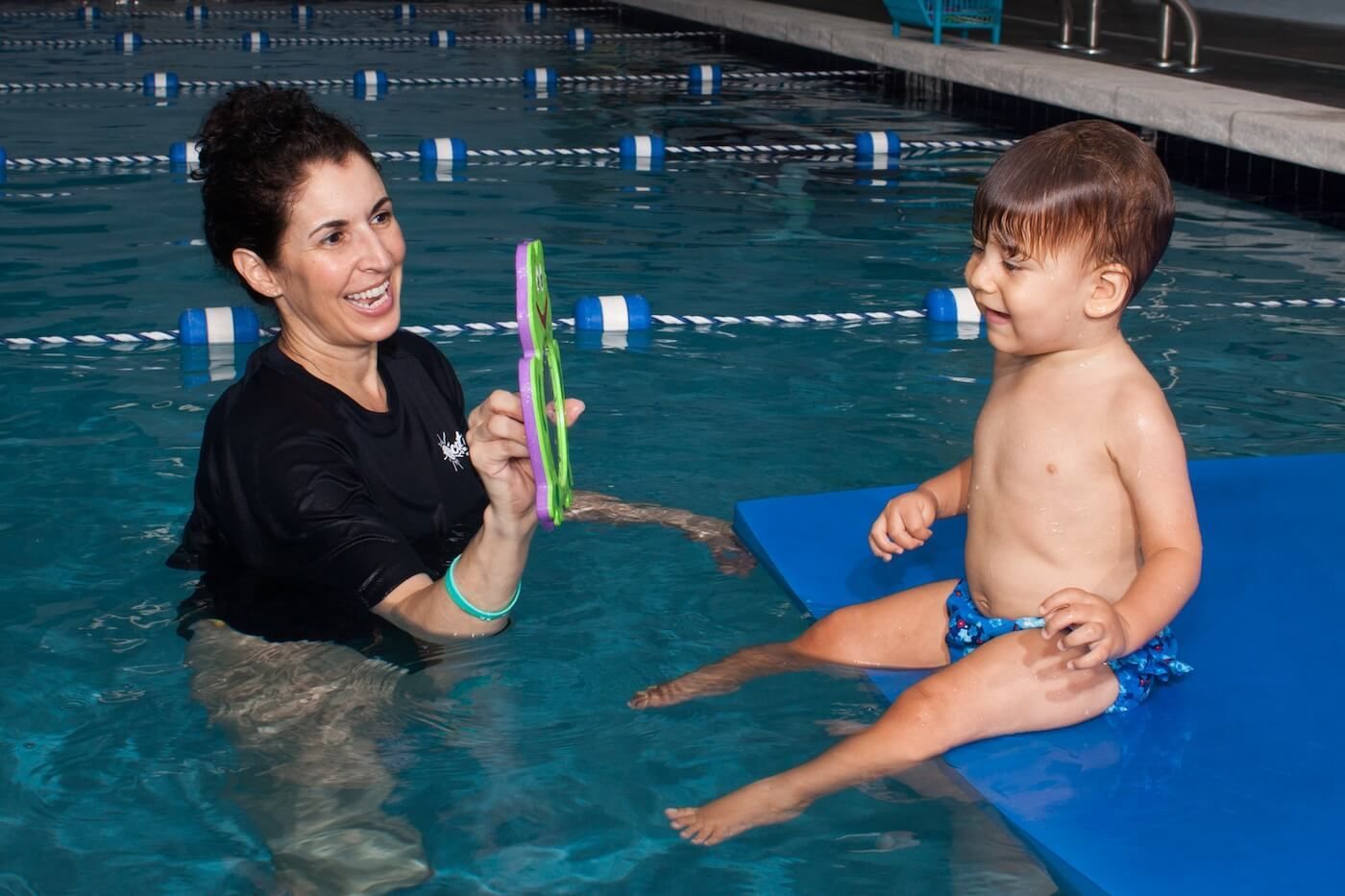
An Overview of the Treading Water Technique
Treading water is a technique swimmers use to stay upright and keep their head above the surface without swimming to the edge or floating on their backs. It involves rhythmic, alternating leg and arm movements that generate just enough lift and motion to maintain a vertical position in the water.
The most common kicking techniques used in treading water are the eggbeater kick and scissor kick, while the hands usually perform circular or sculling motions for balance and control. Treading water is considered a stationary swimming skill that allows the swimmer to remain in a fixed position while conserving energy (when done properly) and maintaining visibility of their surroundings.
When Is Treading Water Useful?
Treading water is generally taught as a survival skill, particularly in open water scenarios. Here are some situations where treading water is considered useful:
Waiting for Rescue
In boating accidents or open water emergencies, treading water allows a swimmer to stay afloat in deep water while waiting for help. It helps maintain a vertical posture and can support calling for assistance or waving to rescuers.
Assessing Your Surroundings
If a swimmer unexpectedly finds themselves in deep water, treading allows them to look around, orient themselves, and plan their next move—whether to swim toward safety or remain in place.
Transitioning Between Movements
Competitive swimmers or water polo players may tread water to prepare for a smooth transition, such as diving, turning, or passing the ball.
Pool Safety for Older Swimmers
In a crowded pool or during free swim, older children and adults may tread water to stay stationary and avoid collisions.
However, despite these benefits, treading water isn’t always the safest or even the most effective method of staying afloat, especially for younger children. That’s where Ocaquatics Swim School’s philosophy differs significantly.
Why Ocaquatics Swim School Doesn’t Teach Treading Water
At Ocaquatics Swim School, the emphasis is placed on water safety, fun, and confidence-building. Unlike many traditional swim schools, Ocaquatics doesn’t teach treading water, particularly for their younger students. Instead, their curriculum focuses on rolling over onto the back to float and breathe, a skill they consider more accessible, safer, and more developmentally appropriate for children.
Let’s explore the reasoning behind this important distinction.
Developmental Readiness: Young Children Aren’t Ready for Treading
Treading water requires a high degree of coordination, stamina, and muscle strength. These are traits that young children simply haven’t developed yet. To successfully tread water, a child must coordinate leg movements (like the eggbeater or scissor kick) with arm motions, all while maintaining balance and controlled breathing. For many children under the age of 7 or 8, this level of neuromuscular control is unrealistic.
As a result, treading water can be exhausting, frustrating, and even dangerous for small children. It may create a false sense of security for parents or guardians who assume their child can handle deep-water situations independently.
Instead, Ocaquatics prioritizes a skill that’s more aligned with a child’s physical development—the ability to roll over onto their back and float. This technique allows a child to rest, breathe, and stay calm in the water without relying on complex coordination or tiring movement patterns.
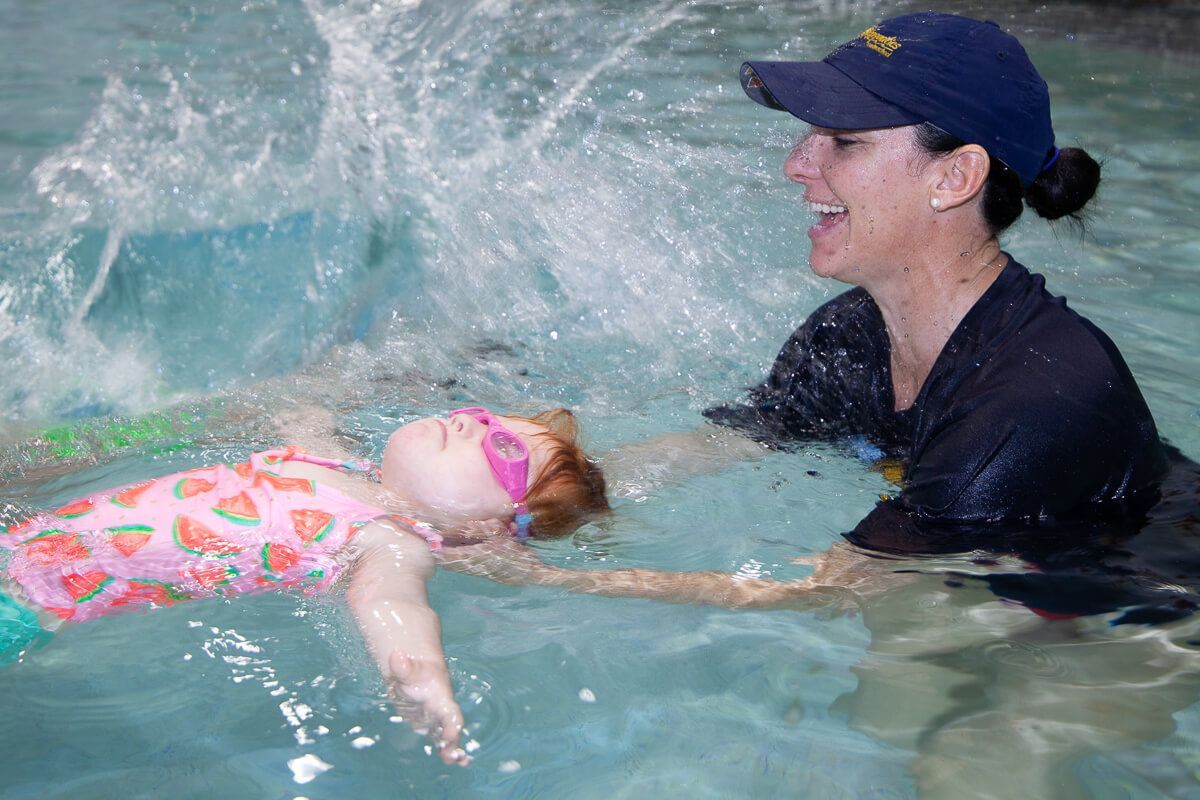
Back Floating Is Safer and More Sustainable
Back floating is a core survival technique taught at Ocaquatics. By rolling over and lying back in the water, children can keep their mouths and noses above the surface, get a full breath, and reduce physical exertion.
Back floating is an efficient method that uses less energy than treading water, making it an excellent way for children to rest and breathe in the water. With the body position relaxed, knees bent, feet near the surface, and fingers spread slightly, kids can keep their hands free and take a much-needed break while staying safe.
In a real-life emergency, floating on the back enables a child to remain calm and oxygenated, which increases the likelihood of survival until help arrives or they reach safety. Moreover, back floating mitigates stress and fear when children begin learning to swim. To learn more about why floating is such an important skill for new swimmers, check out our blog here.
Treading Water Can Be Misleading as a Safety Skill
One of the key concerns is that treading water can create the illusion of competence. A child might be able to tread water for 10 to 15 seconds during a lesson, but this doesn’t necessarily translate into safety during a real-world emergency. The water may be cold, conditions may be rough, or the child may be fatigued or panicked.
In those scenarios, treading becomes unsustainable and potentially life-threatening. Instead, teaching a child to calmly float allows for longer survival times and can reduce panic, which is often the biggest threat in a drowning scenario.
Ocaquatics Curriculum: Prioritizing Breath Control and Buoyancy
At Ocaquatics, the swim progression is carefully designed to prioritize breath control, floating, rolling over, and fun. Their approach ensures that children build confidence gradually and consistently. Here’s how they do it:
- In early lessons, children learn to blow bubbles, hold their breath, and submerge their faces comfortably.
- Next, they practice floating on their front and back, kicking, and eventually rolling from front to back to breathe.
- As they progress, more advanced skills like freestyle, backstroke, and breathing techniques are introduced.
This approach allows children to master one essential safety skill at a time, ensuring each new movement builds on a strong foundation.
Why Rolling Over to Float Works Better for Children
The “rollover to float” technique is a tried-and-tested method for children in the early stages of swimming development. Here's why it works:
- It’s instinctive: Children can learn to roll from front to back relatively quickly with proper guidance.
- It focuses on breathing: Since panic in the water often stems from breathlessness, teaching children how to get air is a top priority.
- It builds confidence: Instead of flailing, the child learns that the water can support them. This confidence leads to quicker skill development.
- It’s scalable: As children grow stronger, they can use rollover breathing during freestyle or backstroke, building endurance and technique in tandem.
Choose a Safer and More Fun Swim School for Your Child
While treading water may seem like a natural part of swimming lessons, it’s not always the safest or most effective method, especially for young children. At Ocaquatics Swim School, we take a bold yet research-supported stance by choosing not to include this skill in our early swim curriculum.
Instead, we focus on floating and breath control reflects a deeper understanding of child development, real-world safety, and progressive learning. If you’re a parent wondering how best to introduce your child to swimming, consider a program that emphasizes back floating, breath control, and fun.
Ocaquatics Swim School’s warm-water, indoor facilities and highly trained staff create the ideal environment for learning to love the water more safely and confidently. To enroll your child, call or text us at 305-306-6918 or contact us online.





